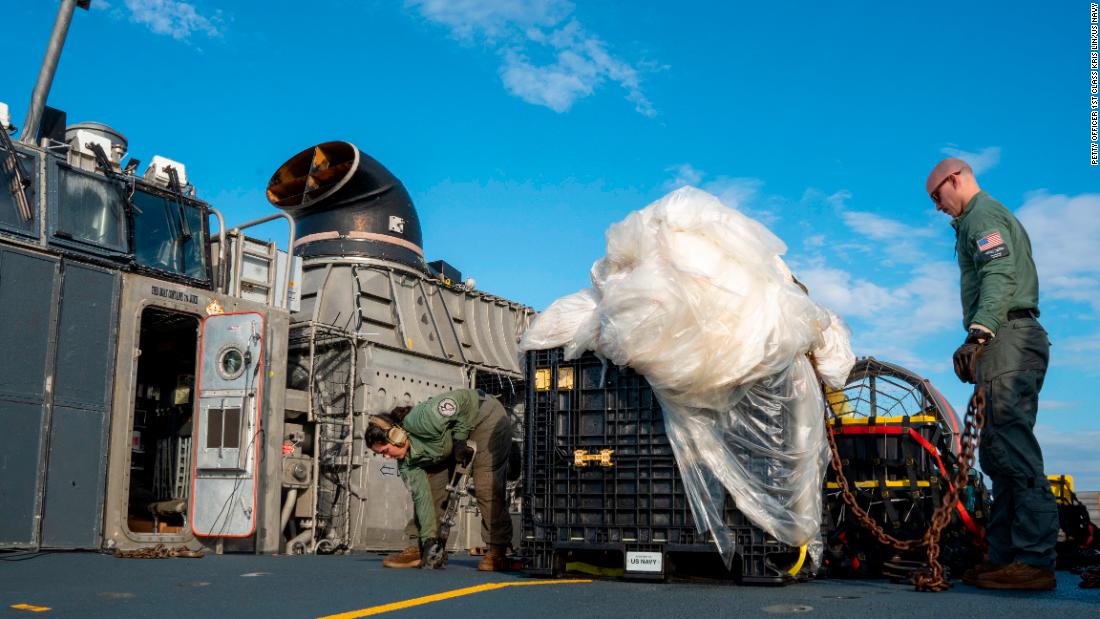Unemployment Fraud ‘Exploded’ During Pandemic
The pandemic has seen a surge in this type of theft, with fraudsters filing fake claims for unemployment insurance benefits in high volumes, obtaining payments from multiple states and receiving hundreds of thousands of illegal dollars, according to a Pro Publica investigation.

Unemployment insurance fraud has “exploded” during the pandemic — and the scams are more organized, complicated and wide-ranging than previously imagined, according to a ProPublica investigation.
The pandemic has seen a surge in this type of theft, with fraudsters filing fake claims for unemployment insurance benefits in high volumes, obtaining payments from multiple states and receiving hundreds of thousands of illegal dollars.
To organize fraud in the U.S. and abroad, scammers have relied on bots to file online claims in bulk; in places like China and West Africa, low-wage teams have done the bulk of filing phony claims.
The investigation identifies the messaging app Telegram as an organizing tool for scammers, who use the platform to trade tips, advertise techniques for filing bogus claims and share strategies for evading state-specific security checks.
“The fraud has been enabled by a burgeoning online infrastructure, whose existence has not previously been reported in the mainstream press,” ProPublica reporter Cezary Podkul writes.
“Much of it is geared toward exploiting aging or obsolete state unemployment systems whose weaknesses have drawn warnings for decades.”
The numbers indicating the scope of unemployment insurance fraud are striking.
Across the U.S. from March to December 2020, the number of initial claims equated to 68 percent of the country’s labor force, though about 23 percent of American workers were out of a job or underemployed at the peak of the pandemic, according to the Bureau of Labor Statistics. In Vermont, as many as 90 percent of claims in some months were determined to be fraudulent, state officials said in June.
The ProPublica investigation builds on months of reporting about unemployment insurance fraud. In June, Axios reported that criminals may have stolen as much as half of the unemployment benefits the U.S. has been providing over the last year, with potentially $400 billion winding up in the hands of fraudsters.
Haywood Talcove, the CEO of LexisNexis Risk Solutions, estimates that at least 70 percent of the stolen money left the country, ending up in criminal syndicates in China, Nigeria and Russia. Police departments in the U.S., though, are largely dealing with fraudulent claims.
According to the Chicago Tribune, suburban Chicago law enforcement officials said in January that their departments have been “bombarded” with fraudulent unemployment benefit reports, at times receiving dozens of calls from “frustrated” residents on a single day.
But a government watchdog said in March that “states aren’t doing enough to prevent fraud.”
The U.S. Department of Labor’s Office of Inspector General said that by the end of 2020, 22 of the 54 state and territorial workforce agencies were still not following its recommendation to join a data exchange run by the National Association of State Workforce Agencies.
Correspondingly, the Huffington Post reported in March that many states have failed to adequately safeguard their systems from unemployment fraud that is “fleecing taxpayers, delaying legitimate payments and turning thousands of Americans into unwitting identity theft victims,” The Crime Report writes.
The Biden administration announced in May its intent to launch an Initiative on Identity Theft Prevention and Public Benefits, which will work with the Office of Management and Budget to develop recommendations for stopping criminal syndicates before they meddle with relief funds.
An interagency COVID-19 Fraud Enforcement Task Force, another Biden initiative, will investigate and prosecute domestic and international criminals who exploit “relief programs for personal and financial gain — and recover stolen funds.”
“My administration is committed to ensuring that the [American Rescue Plan] relief goes where it’s supposed to go: into the bank accounts and mailboxes of American families, local businesses, and schools,” the Biden administration wrote in a release.
Eva Herscowitz is a TCR Justice Reporting intern.

 Landwebs
Landwebs 






















